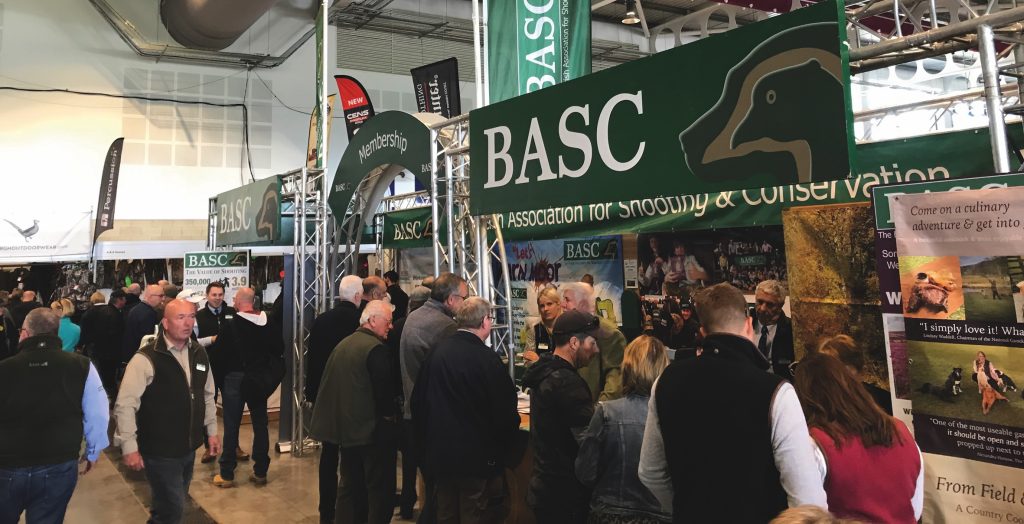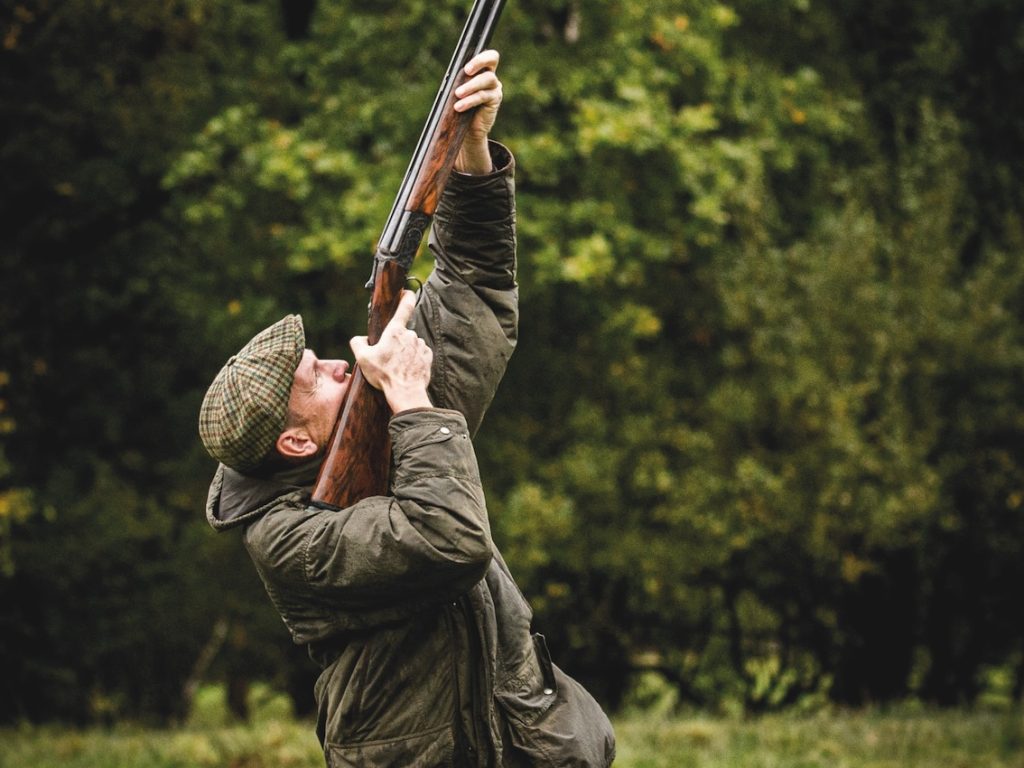Win CENS ProFlex DX5 earplugs worth £1,149 – enter here
Partridge shooting at Iford Downs, West Sussex
Partridge shooting: Testing partridge shooting with views of the English Channel.
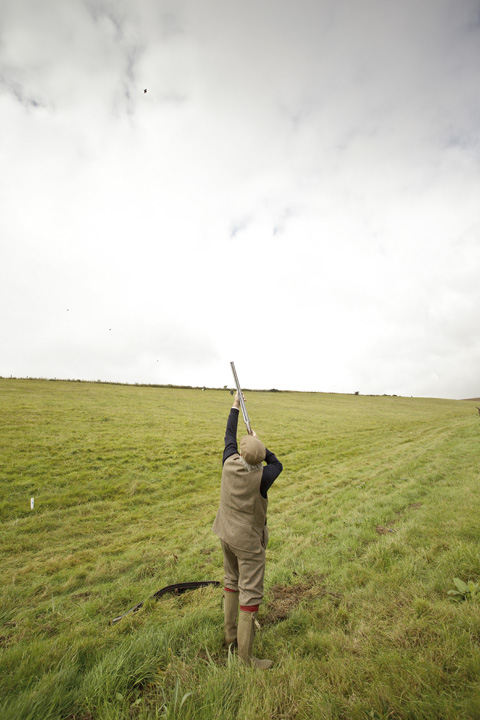
If you are after a day’s testing partridge shooting with some stunning views of the English Channel and excellent catering, all within an hour’s drive of London, then Iford Downs may well fit the bill. Nestled into the hills a mile or two from the south coast between Brighton and Newhaven Iford offers a wonderfully well-managed day’s shooting.
This September will see the third season of action on the rolling hills of this pretty South Downs shoot and the omens are good. I visited on a balmy September day last year and witnessed a succession of well-organised drives presenting a variety of testing shots to a strong team of guns. It’s slick, but not to the point of Germanic efficiency, it’s friendly and the birds fly well.
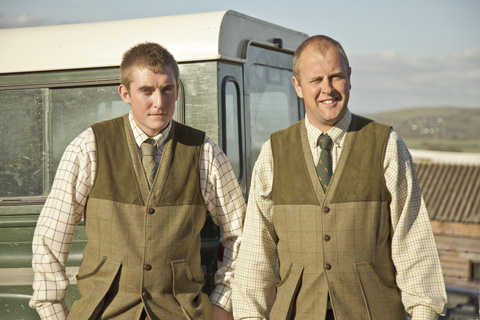
The shoot is run by Craig Dennis, who leases the ground from the Iford estate, which is owned by John Robertson. Craig also runs a successful game farm, Thorny Moss Game, and he is headkeeper on John Carr’s Hoddern shoot at neighbouring Piddinghoe. He therefore has his hands full and Iford has its own full-time gamekeeper in Liam Fritchley, and management of the shoot days is undertaken by the amiable and ever-smiling Robin Shoebridge.
An ideal headquarters
An obvious statement of intent at Iford was last year’s conversion of some old cowsheds into a purpose built shoot lodge. This significant investment is a great example of Craig’s forward-thinking attitude to the management of the shoot.
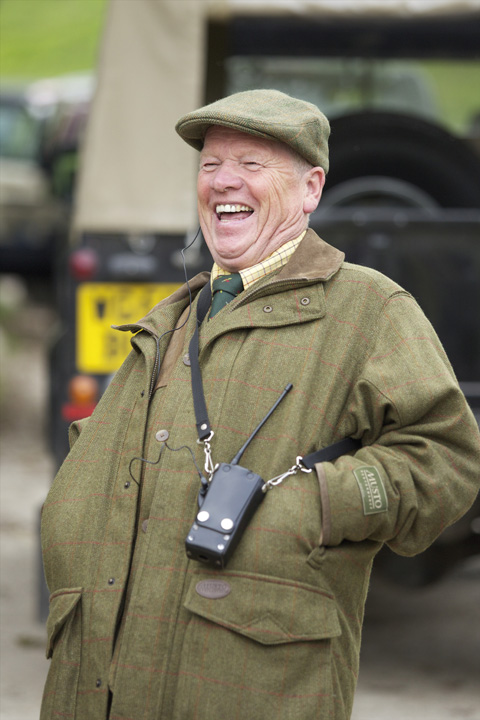
And it’s a roaring success. Commercial shoots these days have to provide a certain level of service. And somewhere, warm, clean and dry to meet in the morning and return to for lunch is vital. But a shoot lodge does a lot more than that. It lends permanent identity to a shoot and provides a focal point for social interaction between everyone on the day. It also helps to provide consistently good catering, which is another important factor in entertaining a team of guns. And at Iford they are lucky to have the services of Tracy Froggatt, who certainly knows how to feed a hungry team with some beautifully cooked English food.
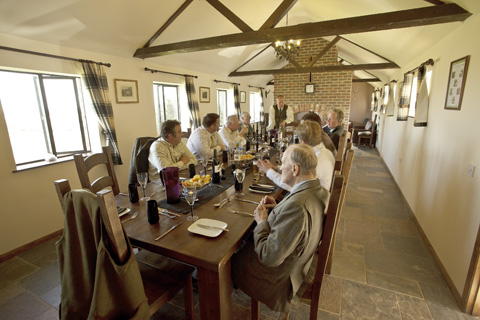
A shoot lodge can be a huge initial investment but if you are in it for the long haul then it’s a pretty good way of ensuring that teams return year after year. Many happy memories are borne of conversations in the shoot room.
How the shoot is managed
On the land Craig has access to 1,600 acres of rolling grassland and arable fields. Apart from a few clumps of bushes dotted around there is almost no woodland. The shoot does lie in the South Downs National Park, which became operational in 2010, and the South Downs Way passes through the land. But, as with all sensibly managed shoots, this doesn’t pose too many problems. By shooting on weekdays through the winter the chances of walkers coming through are reduced and if they do then a sensible policy of communication and friendliness helps to avoid any problems.
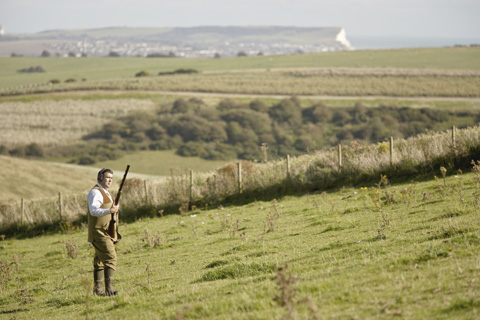
With no woodland at all game cover crops are obviously vital and there are 50 acres of them here. Established favourites are maize, dwarf sorghum and canary grass; all of which are well protected by round bales around the edges. And a new project this year is miscanthus.
There are a total of 15 different drives and there can be up to 40 days in a season. Despite the lack of woodland 25 per cent of the annual bag is made up of pheasants and most of these are shot late on in either December or January. Interestingly there is a pro-rata pay scale depending on bag size. And what this means in layman’s terms is that the bigger the bag the less you pay per bird. Bearing in mind the fixed costs of putting on a 150-bird day and a 300-bird day are roughly the same this is a sensible system which should be mutually beneficial for the guns and the shoot.
The shooting
With a well-organised team of beaters and a reasonably sealed-off shooting area the day runs very smoothly. The journey from the shoot lodge in the morning to the first drive is no more than five minutes and after that all the drives are within a minute or two in the vehicles, and some are walking distance from each other.
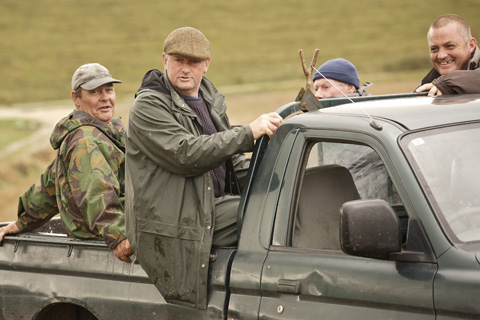
The natural topography means there is a challenging mixture of good high partridge which, given even a slight breeze, present some excellent shooting. On the day of my visit a very well accomplished team of guns shot 277 partridge on drives such as Coffee Pot, Adder’s Corner and Bird Brow. One danger of a shoot laid out in a reasonably confined area of small valleys is that all the drives look the same and are hard to distinguish from one another in the memory. However, this is not a problem at Iford and each drive bears some individual hallmarks. And these make for ideal memory-joggers on the drive home and in the years to come.
Some of the drives even have the added bonus of looking out towards Newhaven and the Seven Sisters chalk cliffs looking out over the English Channel. A spectacular view which only adds to the experience.
So, if you are looking for a good day’s shooting within an hour’s drive of London, with first-rate catering, then I would have no hesitation in recommending Iford. If you do want to stay over then Shelley’s in nearby Lewes or the Griffin Inn at Fletching both come highly recommended for visiting guns and guests.
For more information contact Craig Dennis on 07703 602295.
For more shoot features click here
Related Articles
Get the latest news delivered direct to your door
Subscribe to Shooting Times & Country
Discover the ultimate companion for field sports enthusiasts with Shooting Times & Country Magazine, the UK’s leading weekly publication that has been at the forefront of shooting culture since 1882. Subscribers gain access to expert tips, comprehensive gear reviews, seasonal advice and a vibrant community of like-minded shooters.
Save on shop price when you subscribe with weekly issues featuring in-depth articles on gundog training, exclusive member offers and access to the digital back issue library. A Shooting Times & Country subscription is more than a magazine, don’t just read about the countryside; immerse yourself in its most authoritative and engaging publication.






